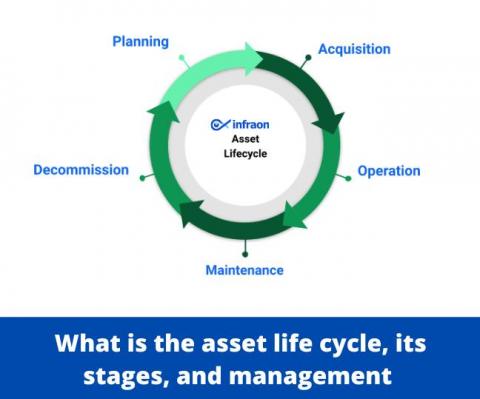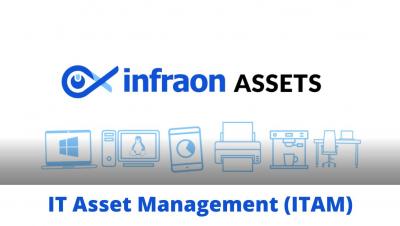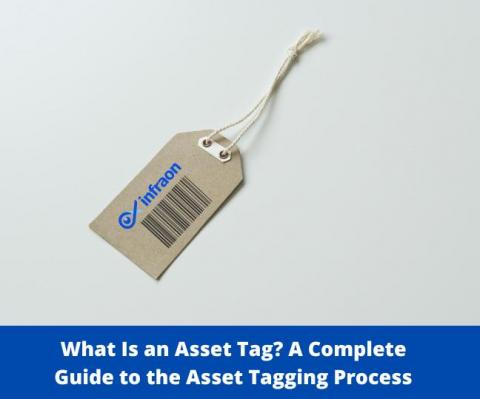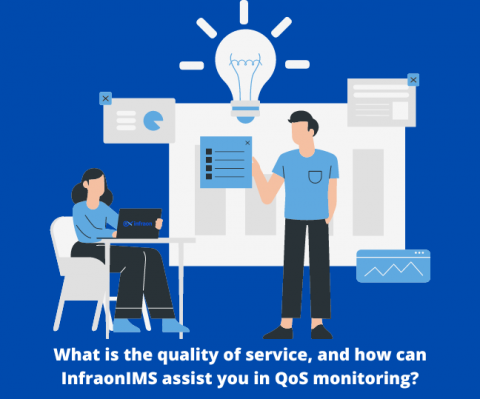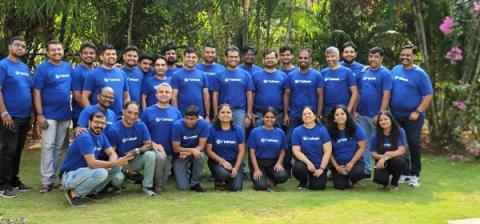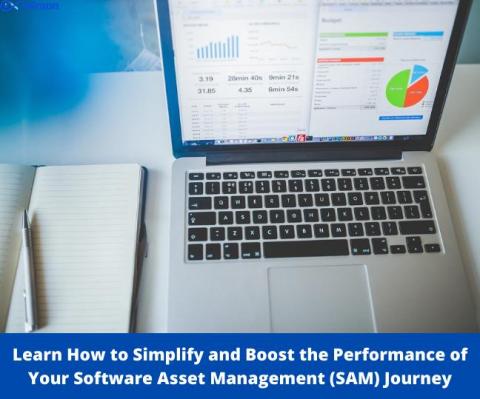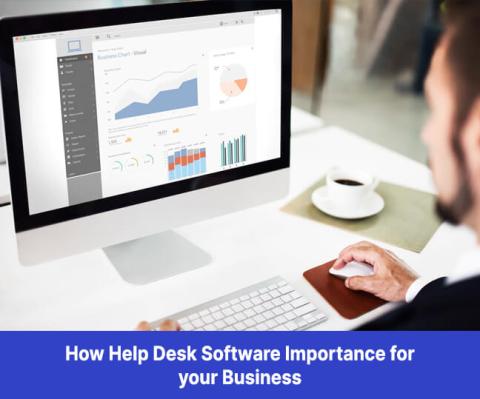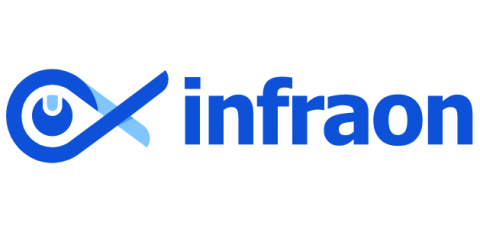All About Asset Management in the Education Sector
Hey there. What do you feel about taking a trip back in time? Let’s say we go back 20 years; you probably remember seeing your school’s shelves and cupboards brimming and overflowing with records and books. And below it would be the years or categories. Having to scour through the load would take a substantial amount of time, not to forget a lot of patience. Imagine browsing through all those records, it could take you anywhere from minutes to hours to find what you were looking for.



